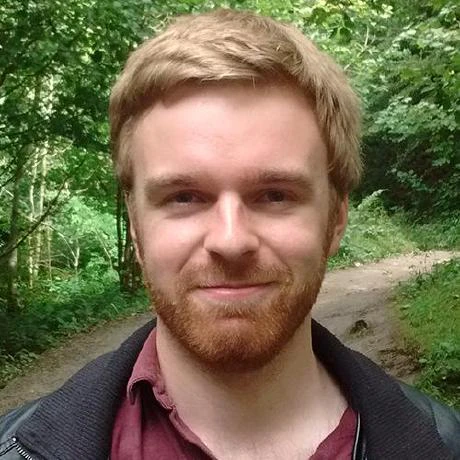15 Dec 2023
Does neural synchrony imply image familiarity in an ant's brain?
Can we use an ant-inspired spiking neural network as an image 'familiarity' measure - and what does it tell us about ant navigation?
Can we use an ant-inspired spiking neural network as an image 'familiarity' measure - and what does it tell us about ant navigation?
